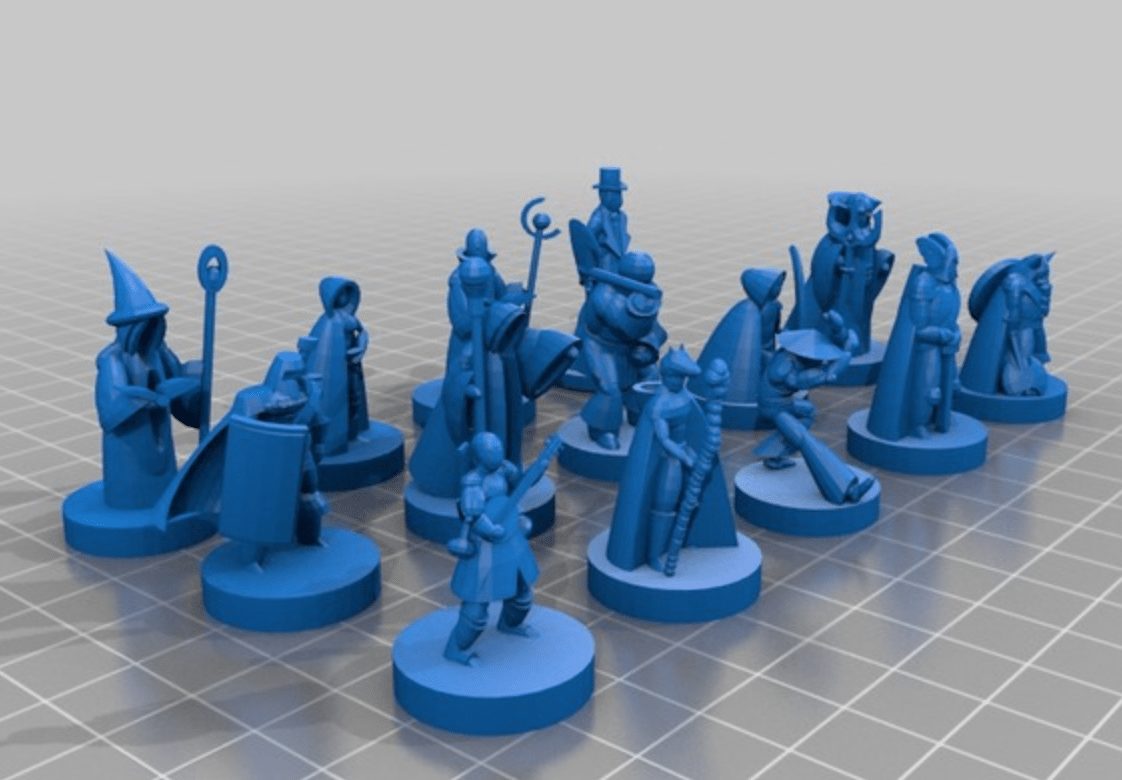Painting 3D printed objects can be a challenge. After all, the object has been custom made, meaning its various nooks and crannies can be hard to access. The materials commonly used for 3D printing present issues as well; paint can have issues sticking to smooth plastics, for instance, while the properties of the material or the layering of 3D printing can result in issues with absorption.
Fortunately, there are many ways to overcome these problems.
First of all, if you find an angle isn’t just quite right or there has been some issues with the print (usually, this occurs on the base due to how the object must be made), there should be no need for epoxy, the old go-to for many model painters. If you plan on painting a 3D printed object, select one that lends itself to brush-on solutions to issues with angles. You can gently smooth ABS with acetone, for instance, and PLA responds likewise to ethyl acetate. If you are looking to be able to modify aspects of the object’s texture to give it a unique look, materials with this kind of reactivity to easy-to-find, safe to handle ingredients may be just what you need.
Besides materials, it is also a good idea to invest in a thorough post-production process. Many 3D printers have much of their shop floor dedicated to final finishing of their 3D printed objects. Final finishing optimizes the object’s surface and structure, whether via chemical application, tumbling, sanding, baking, or more. While you may think you can do final finishing yourself (and save a little money for paint), it is well worth any additional cost. Much of the process requires large, specialized, and expensive equipment. Easily available shortcuts simply won’t produce the same results in terms of structural strength or paintability. Paint will help people spot the flaws in an object, as well, so for the best look, you will want professional finishing.
Once you have your finished product in hand, the first and perhaps most important step is to prime it. This will allow the paint to stick. Many people prefer automotive primer, but there are a wide range of options available.
From here, traditional painting techniques can be used to paint a 3D-printed object. If you can use a stand to move your object around, that will help prevent smearing and fingerprints. Take your time and always follow manufacture directions for your painting materials.
At Jawstec, we are passionate about 3D printing and all it can do. If you are looking to paint a 3D printed object, we can help you design it and select the right material and printing technique. We will also ensure that the object is finished so that it is as strong as you need and as smooth as can be so that, with your paint on it, it will look amazing. Contact Jawstec today for a 3D printing quote!

0 Comments